loki100
Posts: 10920
Joined: 10/20/2012
From: Utlima Thule
Status: offline

|
Table of Contents
Section 1: 'Good Morning Midnight' – June – July 1941
Preamble: 21 June 1941 Mixed Messages
T1: 22-25 June 1941 Western and North Western Fronts are destroyed
T2: 26 June - 2 July 1941 Counter attacks in the Ukraine
T3: 3-9 July 1941 Final destruction of the border pockets
T4: 10 - 16 July 1941 The Vinnitsa-Zhitomir battles
T5: 17 - 23 July 1941 Mogilev falls, Kiev threatened
T6: 24 - 30 July 1941 Rain stalls the German offensive
Section 2: At the edge of disaster - August - October 1941
T7: 31 July - 5 August 1941 The Kirovgrad cauldron
T8: 6-13 August 1941 Start of the battle of Leningrad, disaster at Kiev, Soviet offensive at Dnepropetrovsk
T9: 14-20 August Kiev falls, SW Front destroyed, Heavy fighting at Leningrad
T10: 21-27 August Novgorod falls
T11: 28 August - 3 September Leningrad is isolated
T12: 4 - 10 September Yelnya pocket and German gains on the upper Volkhov
T13: 11-17 September Bryansk encirclement battles
T14: 18-24 September Loss of Volkhov and Orel, fighting on the Dneipr bend
T15: 25 September - 1 October Leningrad isolated, fierce battles at Tula and on the Dneipr
T16: 2 October - 8 October Siege of Leningrad, fighting at Tula, Kursk encircled
Section 3: The calm before the storm - October - November 1941
T17-21: 9 October - 12 November Industrial analysis, bombing Ploesti
T22-23: 13 November - 26 November Fall of Leningrad, start of Velikie Luki offensive, planning for wider Winter Counter-attack
T24: 27 November - 3 December Limited fighting south of Velikie Luki
Section 4: The Soviet Counteroffensive - December 1941 - March 1942
T25: 4 - 10 December The opening blows
T26: 11-17 December The Smolensk and Sumy offensives
T27: 18-24 December Gains at Smolensk, start of the Bryansk offensive
T28: 25-31 December Smolensk almost encircled, Sumy liberated
1942
T29: 1 - 6 January Liberation of Smolensk and Bryansk
T30: 7 -13 January Liberation of Velikie Luki
T31: 14-20 January Trying to encircle AGC, preparations for the Dnepropetrovsk offensive
T32: 21-27 January The Starodub encirclement battles, Dnepropetrovsk offensive
T33: 28 January - 3 February Orsha recaptured, fresh encirclements at Starodub, Dnepropetrovsk offensive
T34: 4 February - 11 February Liberation of Zaporzhye and Dnepropetrovsk, Major German counterattacks
T35: 12 February - 18 February Sustained fighting on the Chernigov-Gomel axis, Soviet defeats in the north and south
T36-37: 19 February - 4 March Volkhov Offensive, review of OOBs and winter losses
Section 5: Preparations for the Summer battles - March - May 1942
T38-41: 5 -25 March Volkhov battles and Soviet frontline deployments
T42-44: 26 March - 22 April Dnepropetrovsk defensive operation
T45-48: 23 April - 20 May Final defensive plans and analysis of German deployment
Section 6: 'Too sullied for Hell' - May - July 1942
T49-51: 21 May - 10 June Poltava and Smolensk battles
T52: 11 - 17 June Disaster in the Crimea, start of the Kursk offensive, continued fighting at Poltava
T53: 18-24 June German offensive operations at Smolensk, Kursk and Kharkov
T54: 25 June - 1 July German offensive at Kharkov, Soviet counter-attacks at Smolensk
T55: 2 - 8 July Major defeat at Kharkov, victories at Smolensk
T56-57: 9-22 July German Oskol offensive, Soviet Smolensk offensive
T58: 23 - 29 July German gains in the Ukraine, fierce battles at Smolensk
Section 7: 'Set orderly, for burial' - August - September 1942
T59: 30 July - 5 August German victories on the Sosna and at Smolensk
T60: 6 - 12 August Soviet withdrawal in the South, German preparations at Kursk, Soviet offensive at Smolensk
T61: 13 - 19 August Major German offensive in the south, start of the Kursk offensive, Soviet offensive at Smolensk
T62: 20 - 26 August Continued fighting at Smolensk, Kursk and the Donets
T63: 27 August - 2 September Destruction of pockets in the south and at Kursk
T64: 3 - 9 September Destruction of the Voroshilovgrad pockets, German build up east of Kursk, Soviet operations in the Crimea
T65: 10 - 16 September German Bryansk offensive
T66: 17 - 23 September Sealing the Bryansk pocket
T67: 24 - 30 September Destruction of the Bryansk Pocket, loss of Vyazma
Section 8: Ni shagu nazad - October - December 1942
T68: 1 - 7 October German offensive at Moscow, Soviet counterstroke in the South
T69: 8 - 14 October Continued fighting at Moscow, Soviet gains near Rostov
T70: 15 - 21 October Overview of the summer battles and background information
T71-73: 22 October - 11 November Build up at Ryazan
T74: 12 November - 18 November Ryazan defensive battles
T75-76: 19 November - 2 December Ryazan defensive battles, German offensive towards Kalinin, Fighting west of Rostov, Soviet offensive at Moscow
T77: 3 - 9 December Ryazan defensive battles, Soviet offensive on the Oka, more pressure at Rostov
T78: 10 - 16 December German offensive in the Valdai, fighting along the Oka, Soviet offensive at Rostov
T79: 17 - 23 December German Valdai Offensive, Battle of Mozhaysk, Soviet offensive towards Voroshilovgrad
T80: 24 - 30 December German Valdai Offensive and counter-attacks around Rostov and Moscow
Summary: September 1942 - December 1942 Overview and detailed OOB
Section 9: "The eyes glaze once - and that is death" - January - March 1943
T81: 31 December 1942 - 6 January 1943 Successful German counterattacks, more German gains in the Valdai region
T82-83: 7 - 20 January 1943 German attacks in the north, Soviet offensive in the south
T84: 21 - 27 January 1943 Soviet offensives at Moscow and Rostov
T85: 28 January - 3 February 1943 Volkhov Offensive commences
T86: 4 - 10 February 1943 Germans fall back to Rzhev, fighting on the Volkhov, southern offensive starts to make gains
T87: 11 - 17 February 1943 Heavy fighting on the Volkhov and near Kaluga, major attacks by both sides in the south
T88: 18 - 24 February 1943 Limited gains on the Volkhov and at Kaluga, Voroshilov under threat
T89: 25 February - 3 March 1943 Stalemate in the north, creation of the Voroshilovgrad cauldron in the south
T90: 4 - 10 March 1943 Stalemate in the main battles, Soviet gains west of Rzhev
T91: 11 - 17 March 1943 Stalemates in the north and south, Soviet gains at Tula and Kaluga
T92: 18 - 24 March 1943 Major German offensive in the south, Tula and Kaluga liberated, Soviet breakthrough on the Volkhov
T93: 25 -31 March 1943 End of the winter offensives, overview of losses and gains
Section 10: "On this long storm" - April - July 1943
T94-T100: 1 April - 19 May 1943 Leningrad isolated, Fighting at Vyazma
T101-T103: 20 May - 9 June 1943 Defeats at Leningrad, Victories on the Mius, preparing for the summer offensive
T104: 10 - 16 June 1943 The Orel offensive
T105-T107: 17 June - 7 July 1943 German withdrawal, limited fighting around Bryansk
T108-T110: 8 July - 28 July 1943 Fighting north of Belgorod and south of Smolensk
Section 11: "To Gibbets, and the Dead" - August - December 1943
T111: - 29 July - 4 August 1943 Disaster in the Donets, gains near Kursk, crossing the Poltava
T112: - 5 - 11 August 1943 Heavy German counter-attacks, gains north of Vitebsk, preparations for an offensive west of Smolensk
T113: 12 - 18 August 1943 Kharkov offensive, Sumy-Gomel offensive, fighting north of Orsha and around Vitebsk
T114: 19 - 25 August 1943 Kalinin Front reaches Orsha, start of the Gomel-Chernigov battles
T115: 26 August - 1 September 1943 Liberation of Vitebsk, Gomel-Chernigov cauldron
T116: 2 - 8 September 1943 Liberation of Orsha, disaster at Chernigov
T117-118: 9 - 22 September 1943 Destruction of the Chernigov pocket, Kalinin Front crosses the Berezina
T119: 23 - 29 September 1943 The Berezina battles
T120-127: 30 September - 24 November 1943 The Berezina battles
T128-129: 25 November - 8 December 1943 The Berezina battles
T130: 9 - 15 December 1943 Limited gains towards Minsk
Section 12: "To Perish ... or to live?" - December 1943 - March 1944
December Plans for the Winter Offensive
T131: 16 - 22 December 1943 Crossing the Dnepr in the Ukraine, Soviet breakthrough north of Kiev)
T132: 23 - 29 December 1943 Gains near Minsk, start of the Kiev encirclement
T133: 30 December 1943 - 5 January 1944 Volkhov Front crosses the Dauga, 3 Ukrainian threatens Kiev, 6 Tank Army cuts off Kirovograd
T134: 6 - 12 January 1944 Limited gains in the north, mounting Soviet pressure on Kiev
T135: 13 - 19 January 1944 Stalemate north of the Pripyet, Soviet pincers almost meet west of Kiev
T136: 20 - 26 January 1944 Kiev liberated, German defenders cut off, Soviet troops reach the suburbs of Minsk
T137: 27 January - 2 February 1944 German attempts to escape encirclement at Kiev, Soviet gains around Minsk
T138: 3 February - 9 February 1944 Liberation of Minsk, Riga almost cut off, Soviet troops reach the outskirts of Vinnitsa
T139: 10 - 16 February 1944 Riga retaken, eastern Bielorussia liberated, Germans cut off in the north Ukraine
< Message edited by loki100 -- 3/18/2016 4:44:01 PM >
_____________________________
|
 Printable Version
Printable Version

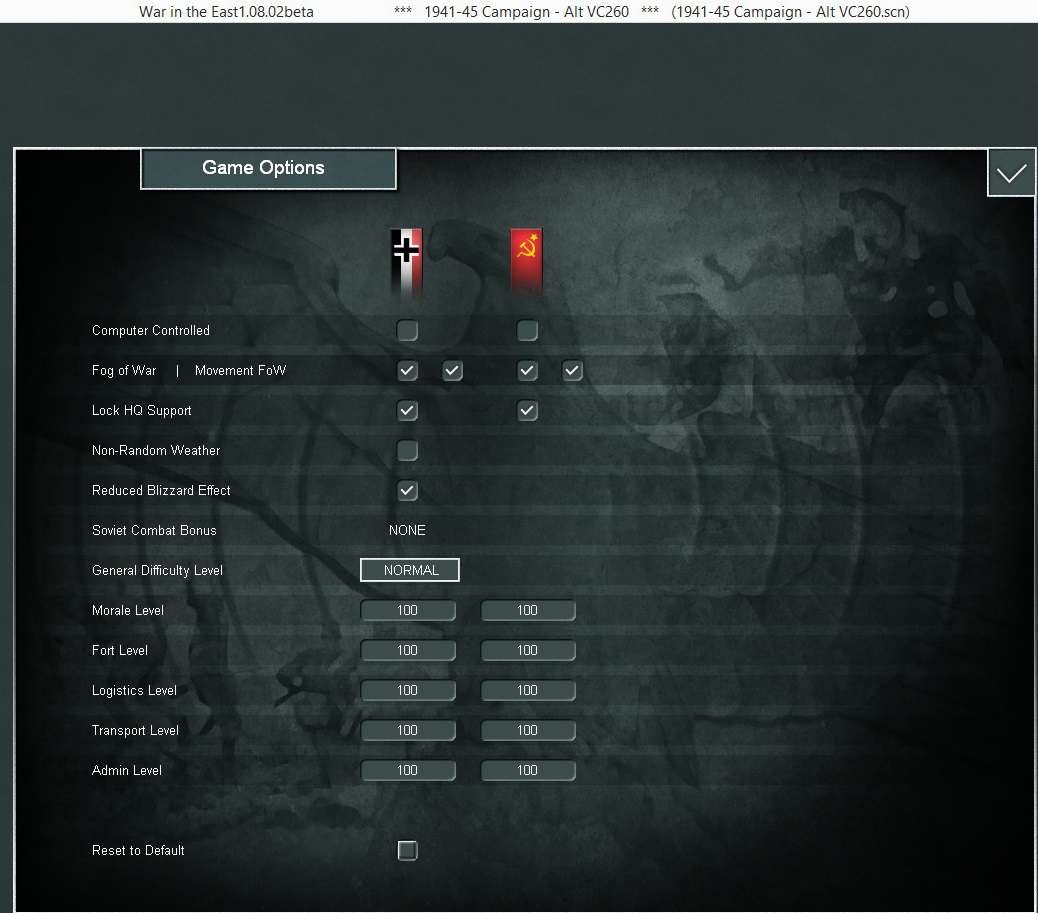





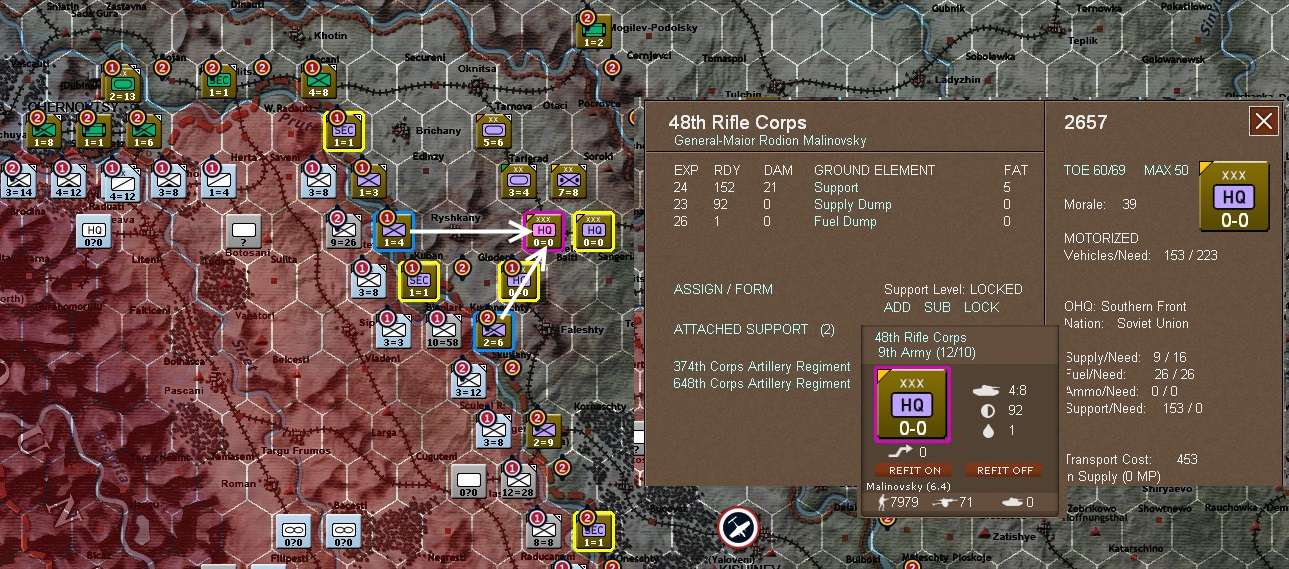




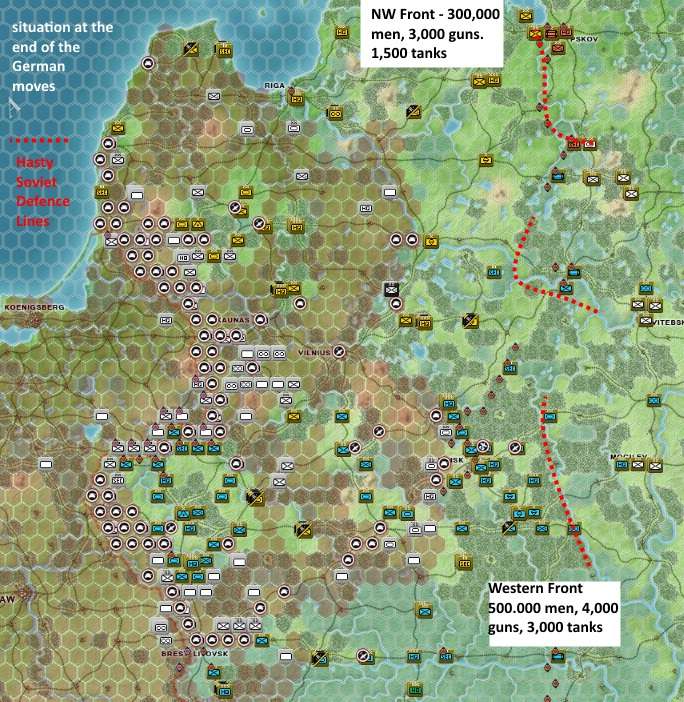


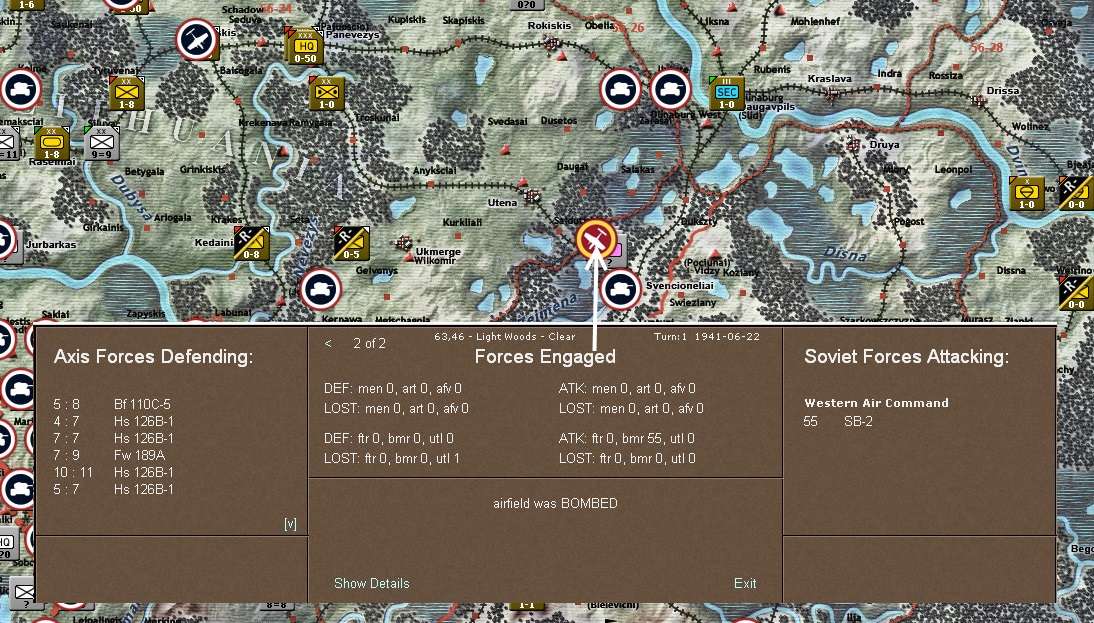
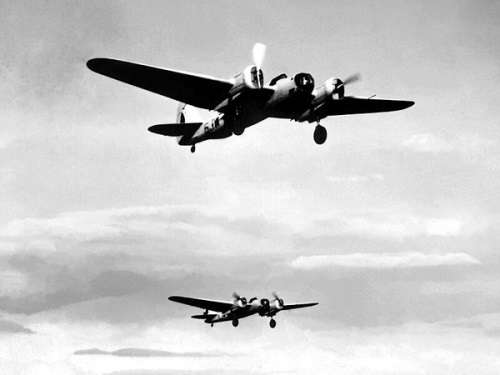
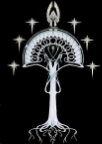
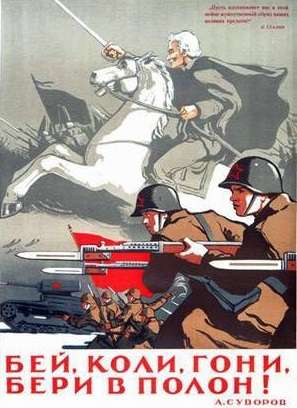

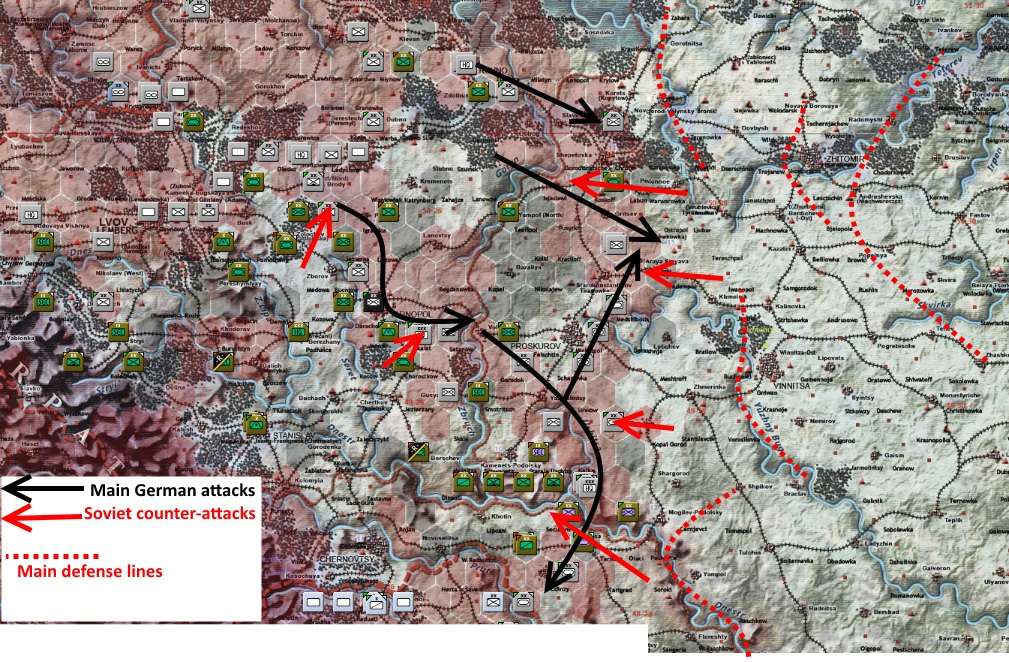
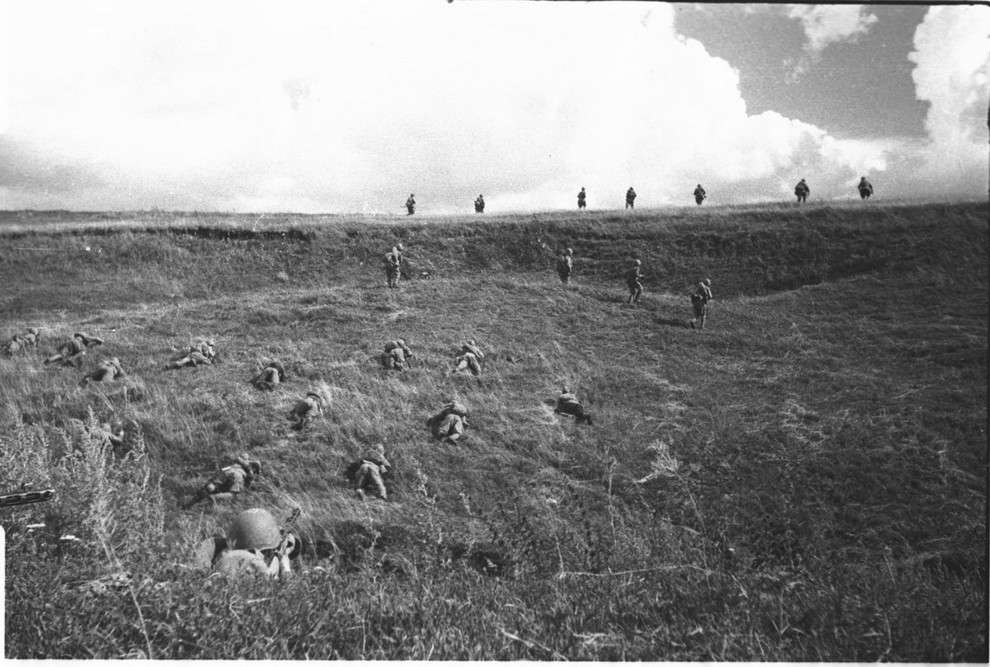
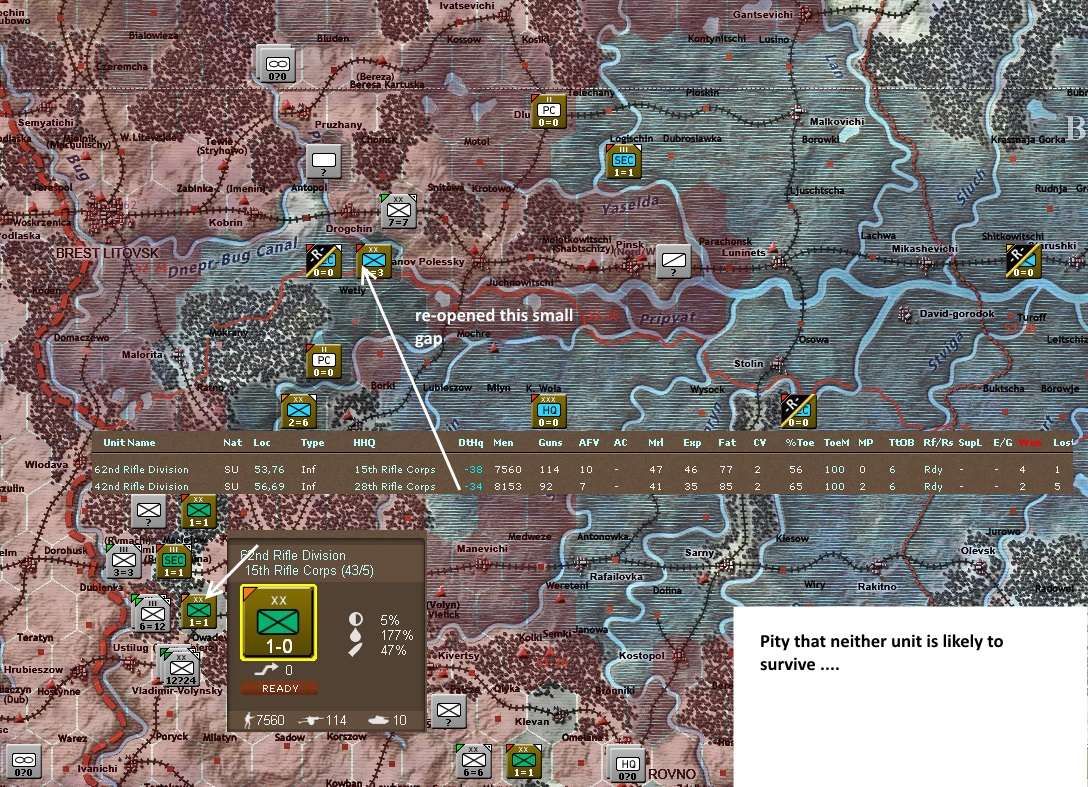
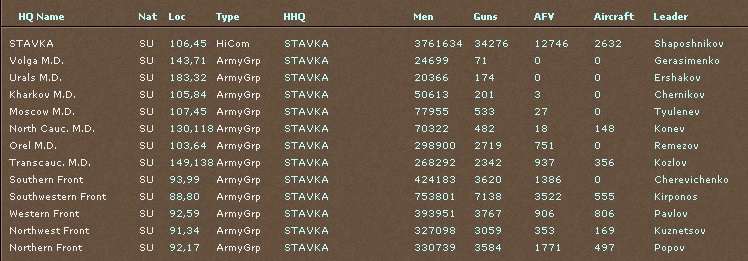
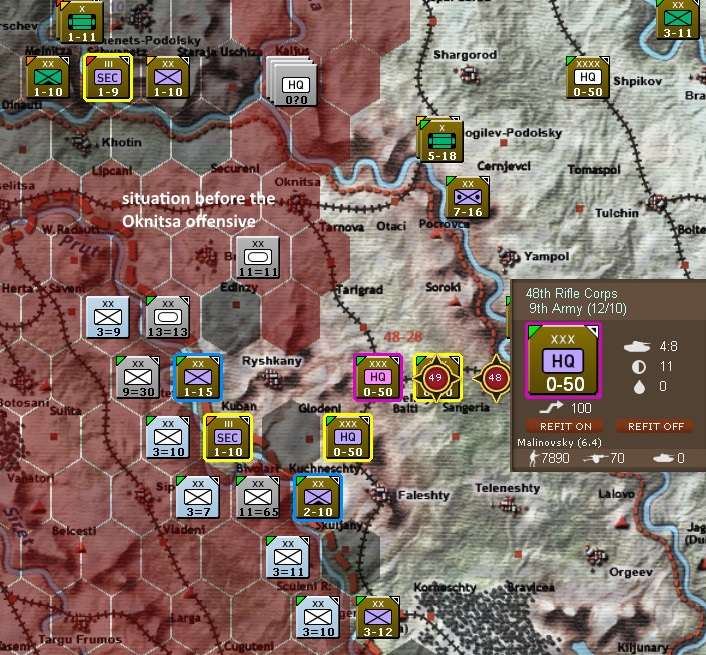

 ) at WiTE, I lack the discipline to manage the MPs of the Pzr units in the early turns. I can get a narrow defeat PBEM in the various 'roads' or beat the AI on neutral settings but neither of those would really set up a PBEM campaign for a decent long term tussle. Certainly playing more from the German side has helped my grasp of good Soviet play. Linked to that, I think I struggle with the concept of 'blitzkrieg' since it calls for a relatively high level of risk taking ... I tend to methodical and somewhat defensive/cautious and attacks based around the application of a lot of force rather than finesse.
) at WiTE, I lack the discipline to manage the MPs of the Pzr units in the early turns. I can get a narrow defeat PBEM in the various 'roads' or beat the AI on neutral settings but neither of those would really set up a PBEM campaign for a decent long term tussle. Certainly playing more from the German side has helped my grasp of good Soviet play. Linked to that, I think I struggle with the concept of 'blitzkrieg' since it calls for a relatively high level of risk taking ... I tend to methodical and somewhat defensive/cautious and attacks based around the application of a lot of force rather than finesse. 
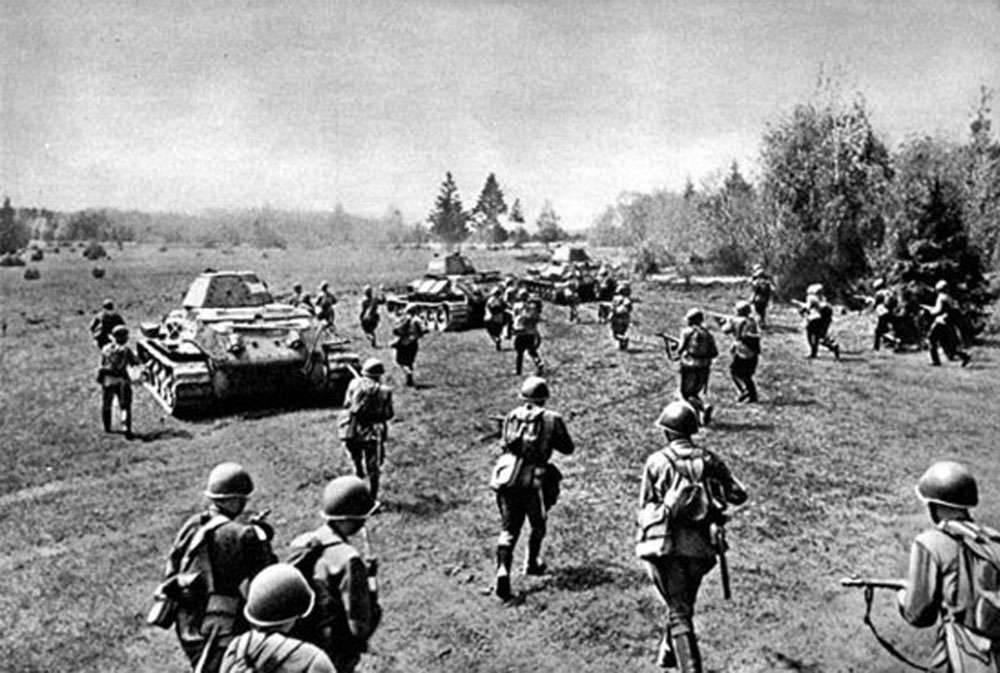


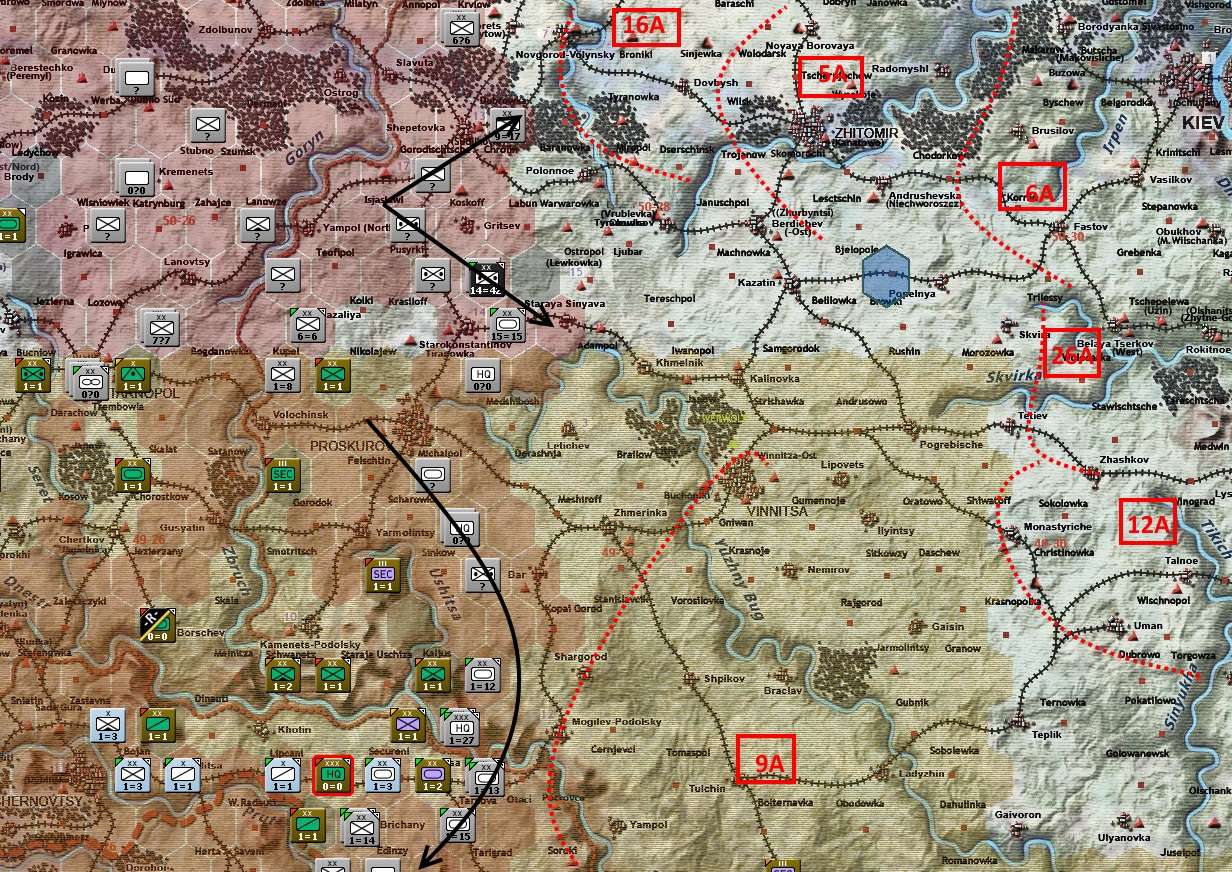
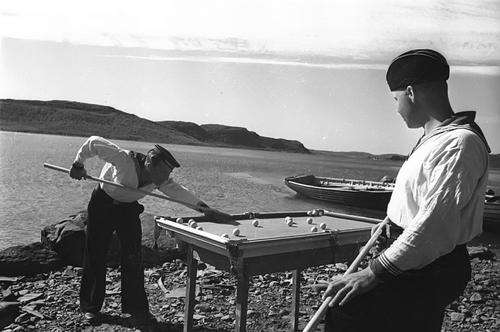
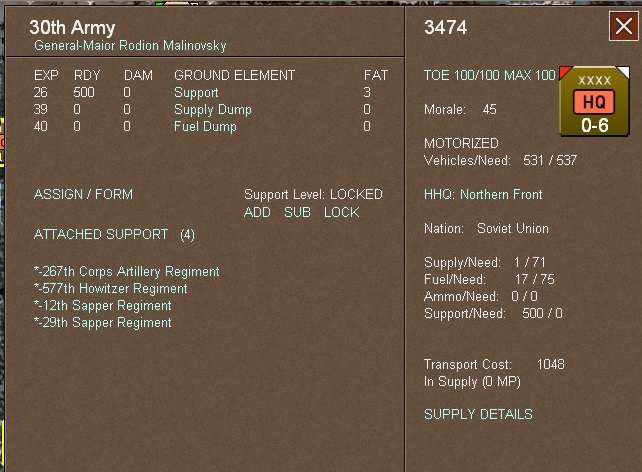
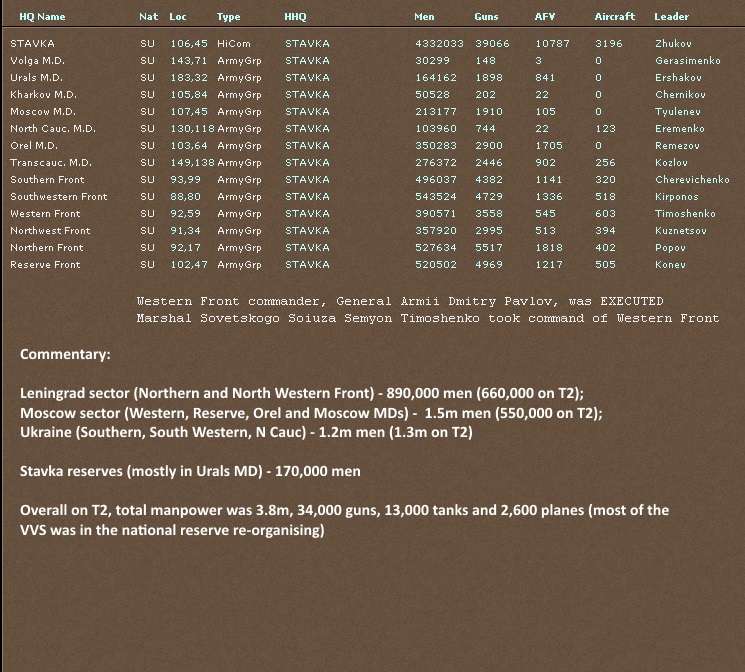
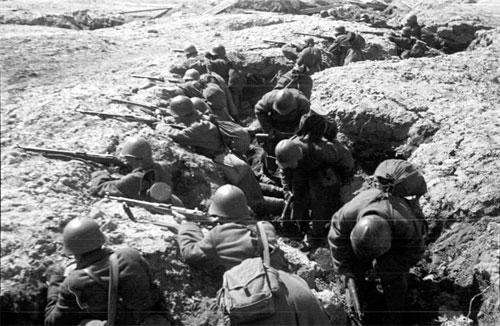
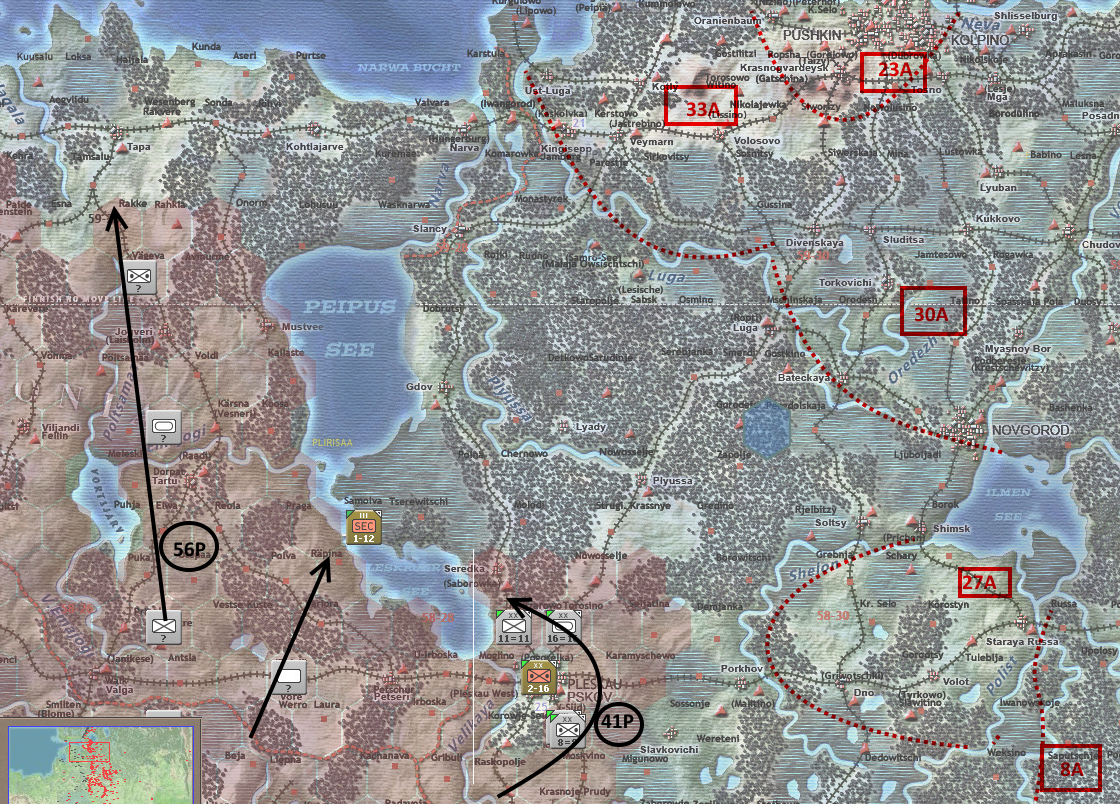
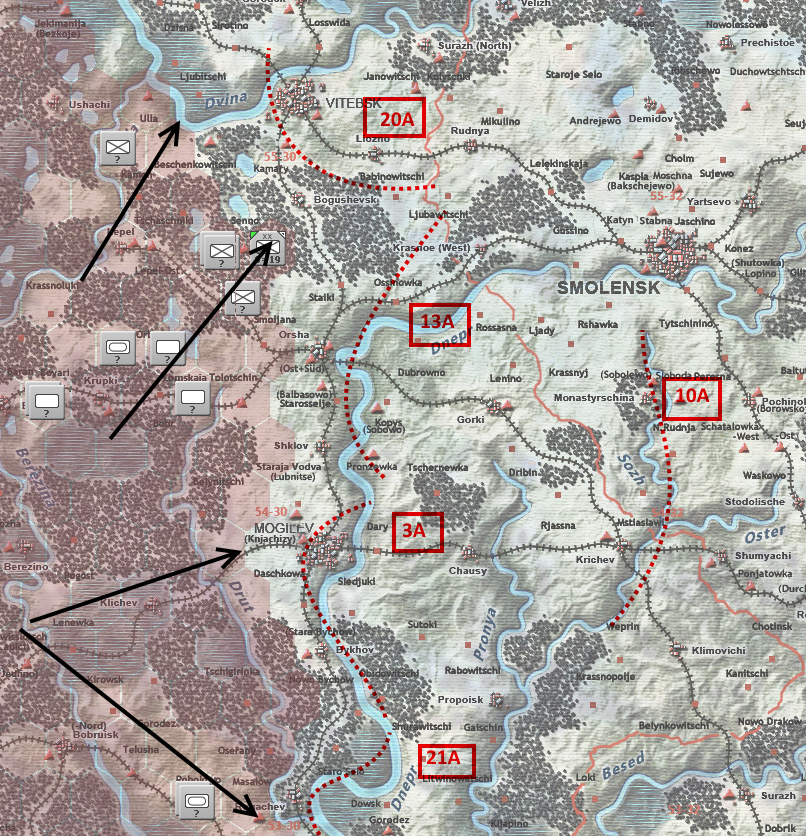
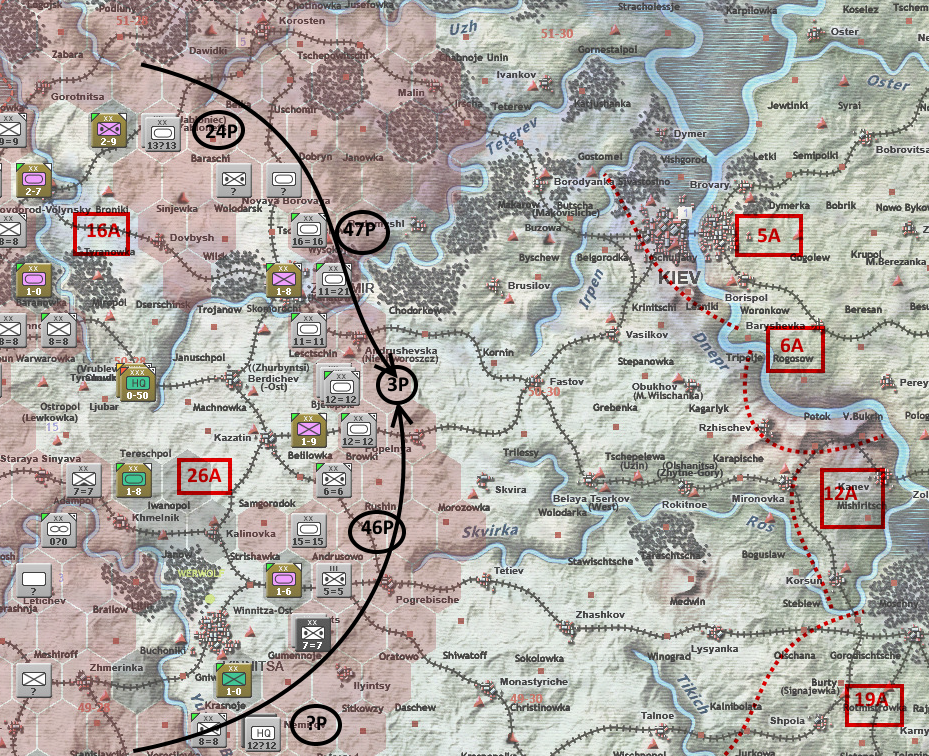
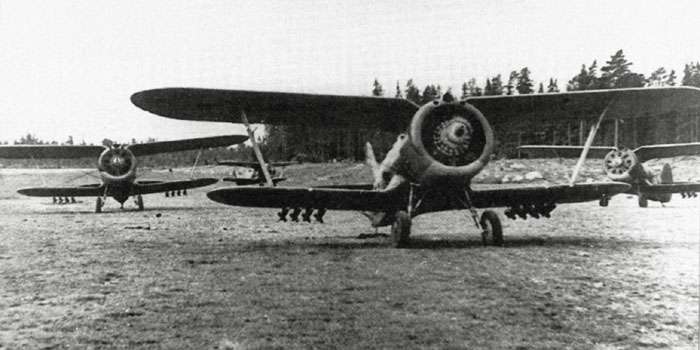
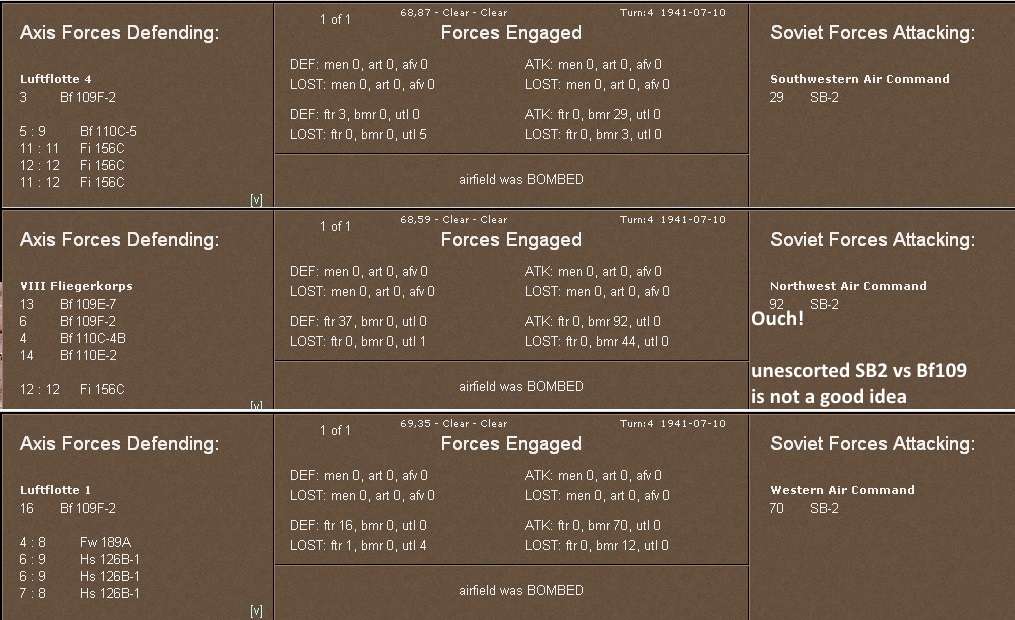











 New Messages
New Messages No New Messages
No New Messages Hot Topic w/ New Messages
Hot Topic w/ New Messages Hot Topic w/o New Messages
Hot Topic w/o New Messages Locked w/ New Messages
Locked w/ New Messages Locked w/o New Messages
Locked w/o New Messages Post New Thread
Post New Thread